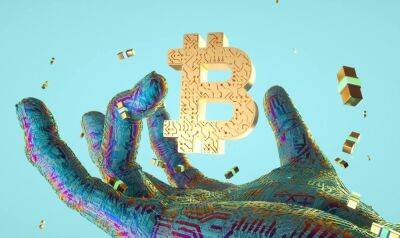Data shows Bitcoin and altcoins at risk of a 20% drop to new yearly lows
After the rising wedge formation was broken on Aug. 17, the total crypto market capitalization quickly dropped to $1 trillion and the bulls' dream of recouping the $1.2 trillion support, last seen on June 10, became even more distant.
The worsening conditions are not exclusive to crypto markets. The price of WTI oil ceded 3.6% on Aug. 22, down 28% from the $122 peak seen on June 8. The United StatesTreasuries 5-year yield, which bottomed on Aug. 1 at 2.61%, reverted the trend and is now trading at 3.16%. These are all signs that investors are feeling less confident about the central bank's policies of requesting more money to hold those debt instruments.
Recently, Goldman Sachs chief U.S. equity strategist David Kostin stated that the risk-reward for the S&P 500 is skewed to the downside after a 17% rally since mid-June. According to a client note written by Kostin, inflation surprises to the upside would require the U.S. Federal Reserve to tighten the economy more aggressively, negatively impacting valuations.
Meanwhile, extended lockdowns supposedly aimed at containing the spread of COVID-19 in China and property debt problems caused the PBOC led the central bank to reduce its five-year loan prime rate to 4.30% from 4.45% on Aug. 21. Curiously, the movement happened a week after the Chinese central bank lowered the interest rates in a surprise move.
The risk-off attitude brought by surging inflation led investors to expect additional interest rate hikes, which will, in turn, diminish investors' appetite for growth stocks, commodities and cryptocurrencies. As a result, traders will likely seek shelter in the U.S. dollar and inflation-protected bonds during periods of uncertainty.
The Fear and Greed Index hit 27/100 on Aug.
Read more on cointelegraph.com

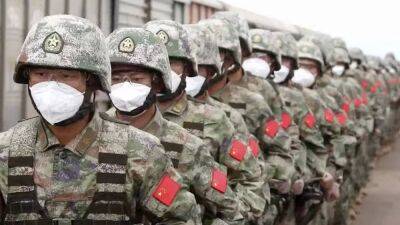

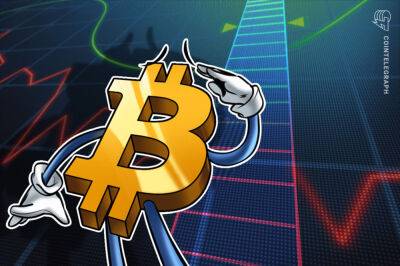



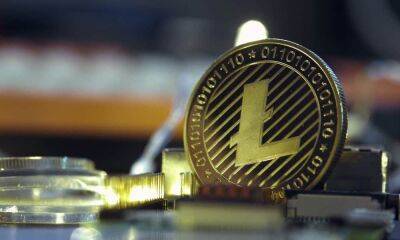
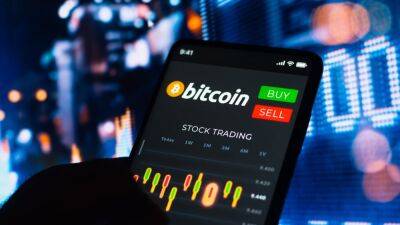


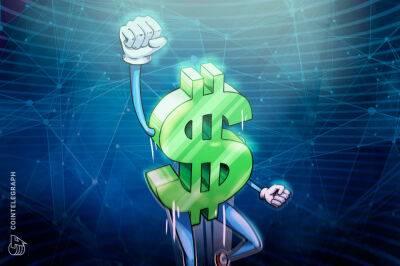
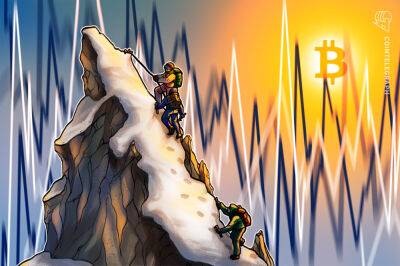

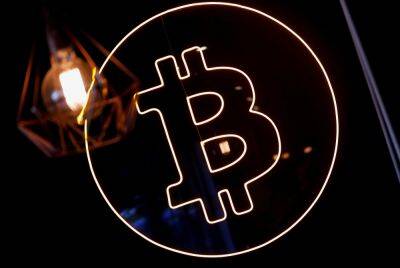
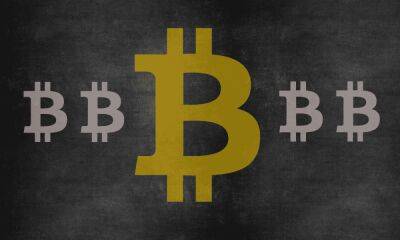
![Bitcoin [BTC] investors should read this before making investing decision - ambcrypto.com](https://finance-news.co/storage/thumbs_400/img/2022/8/29/38800_caqm.jpg)

![Ali Martinez - Another blank for Bitcoin [BTC] this week means this may be next - ambcrypto.com](https://finance-news.co/storage/thumbs_400/img/2022/8/28/38788_adj.jpg)

